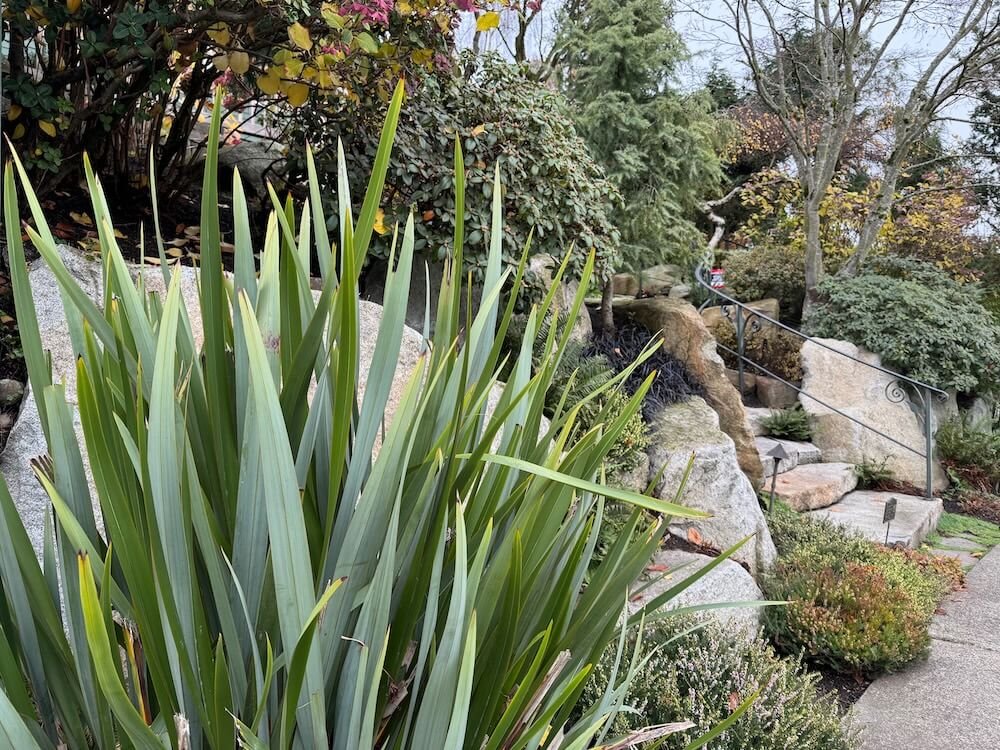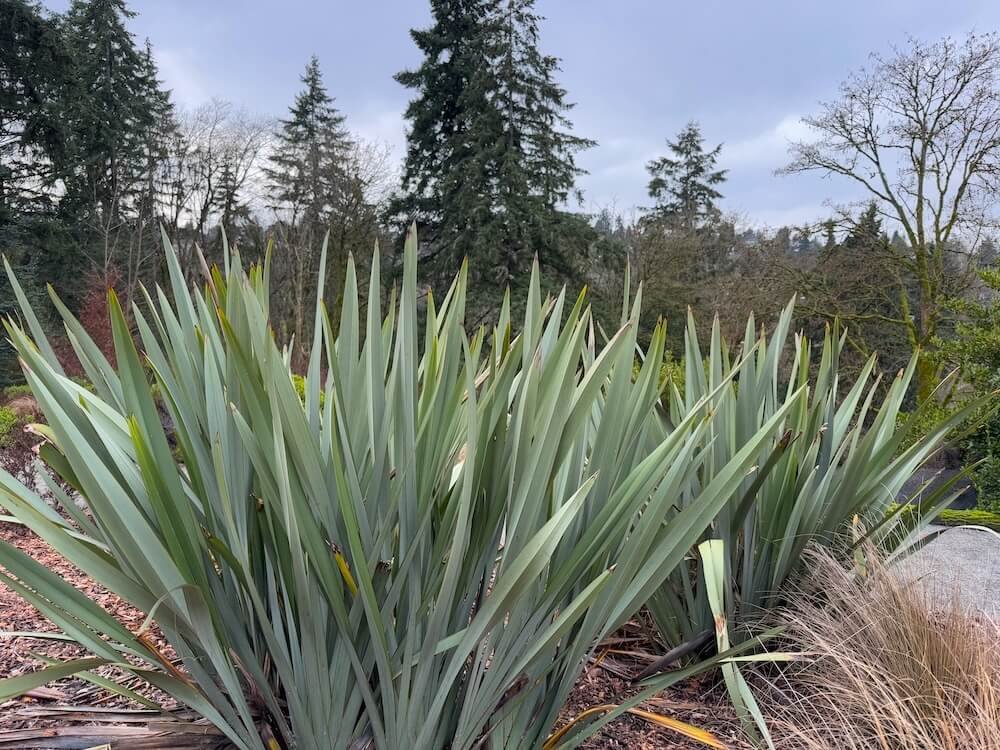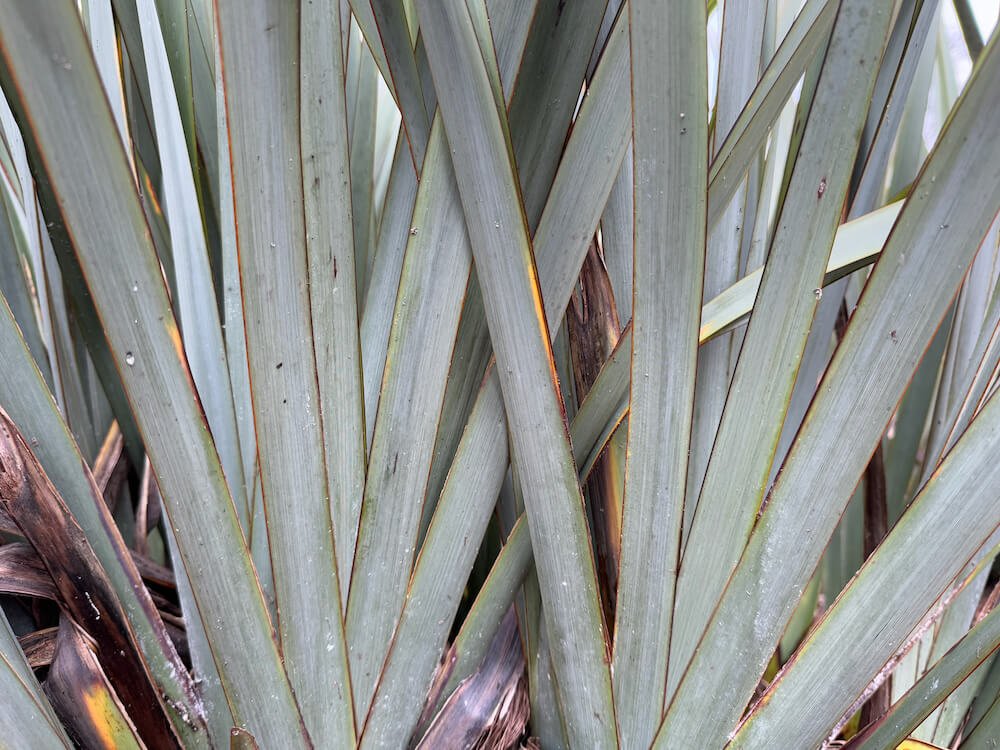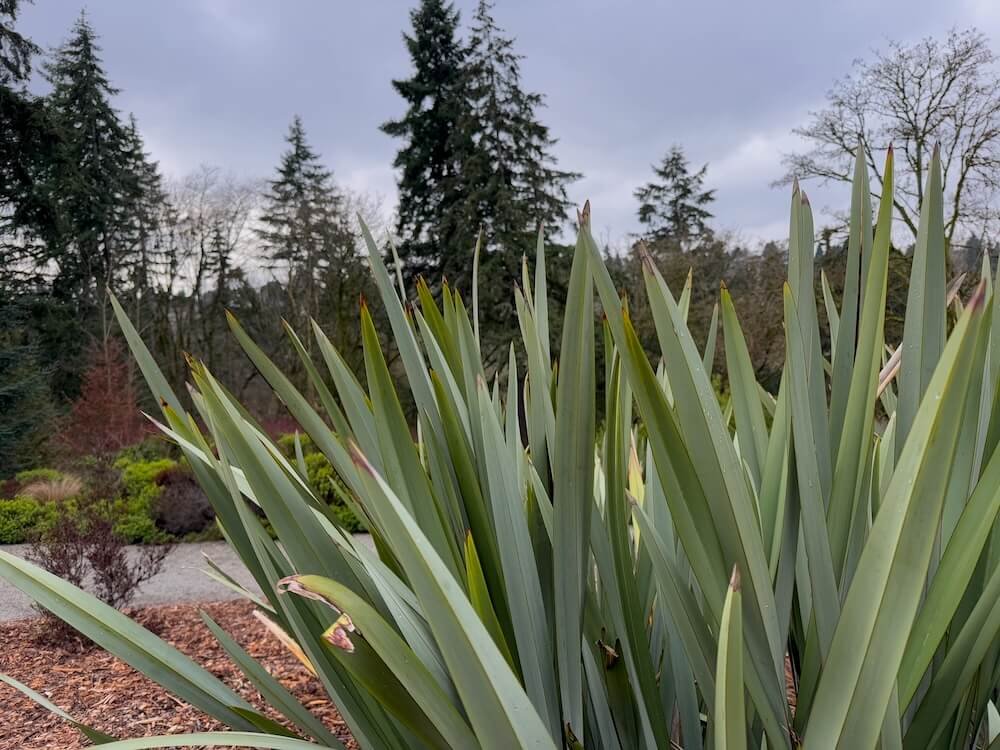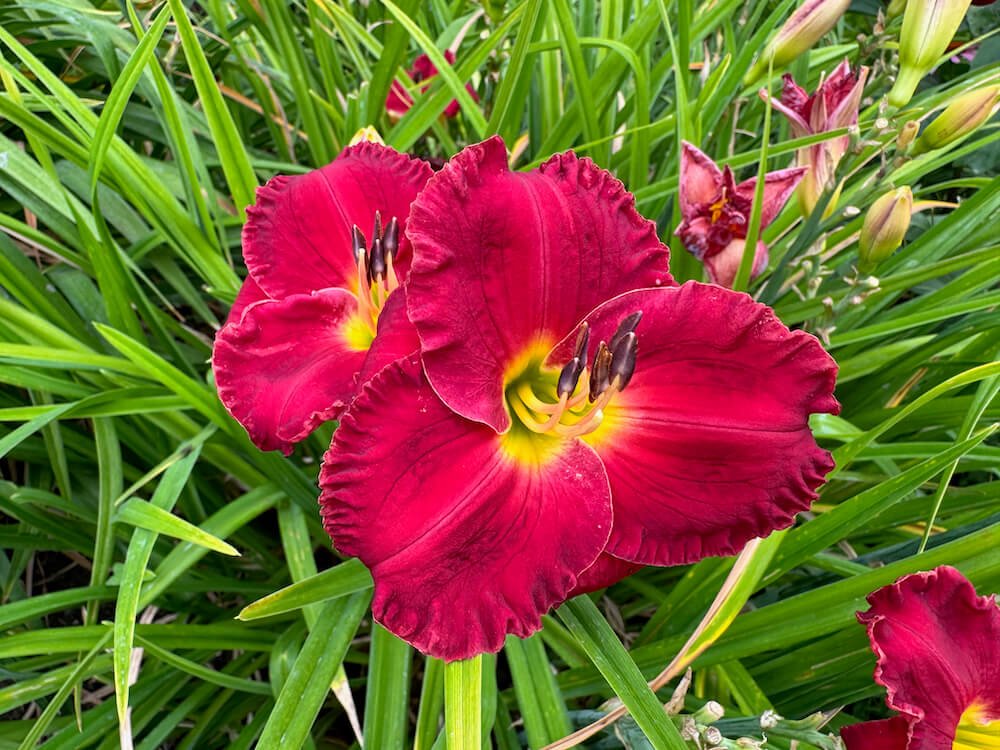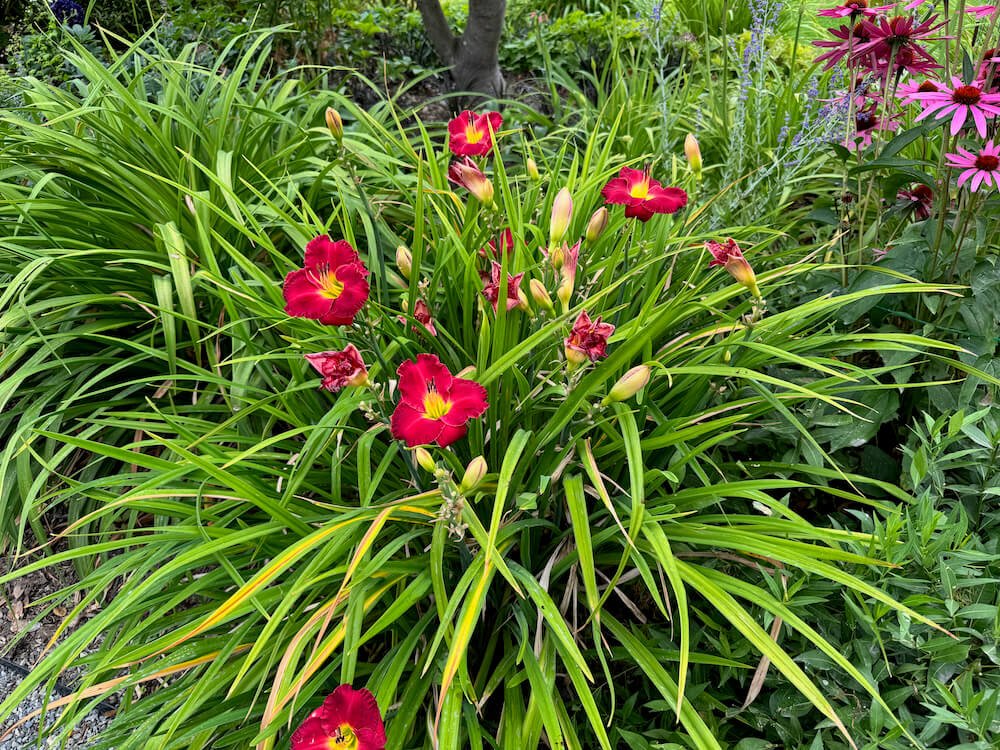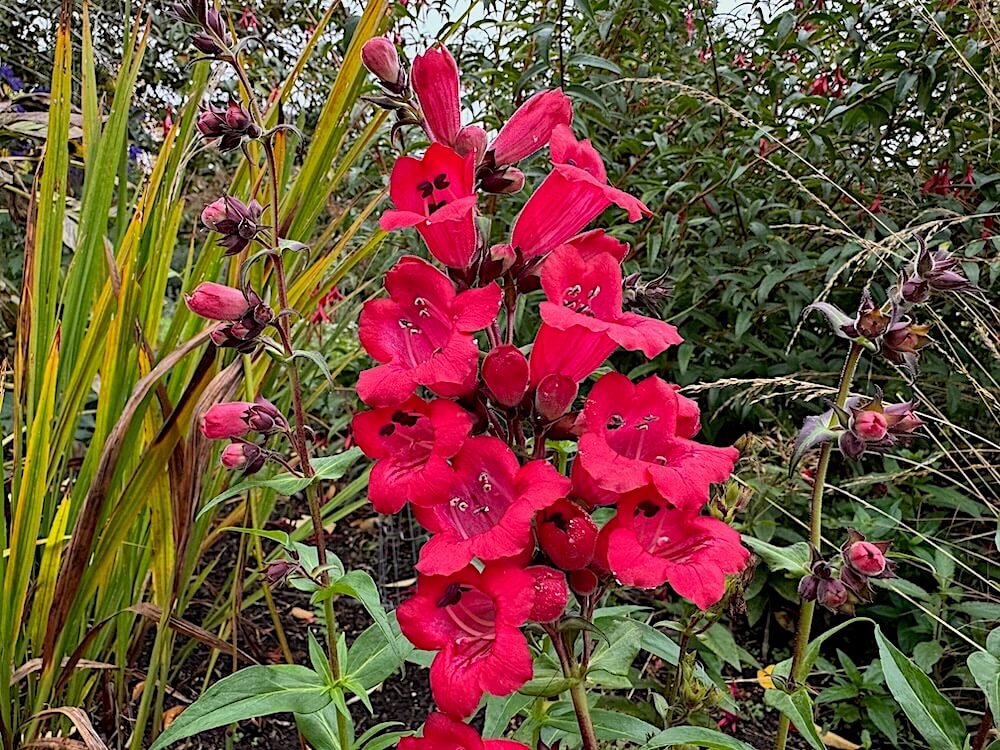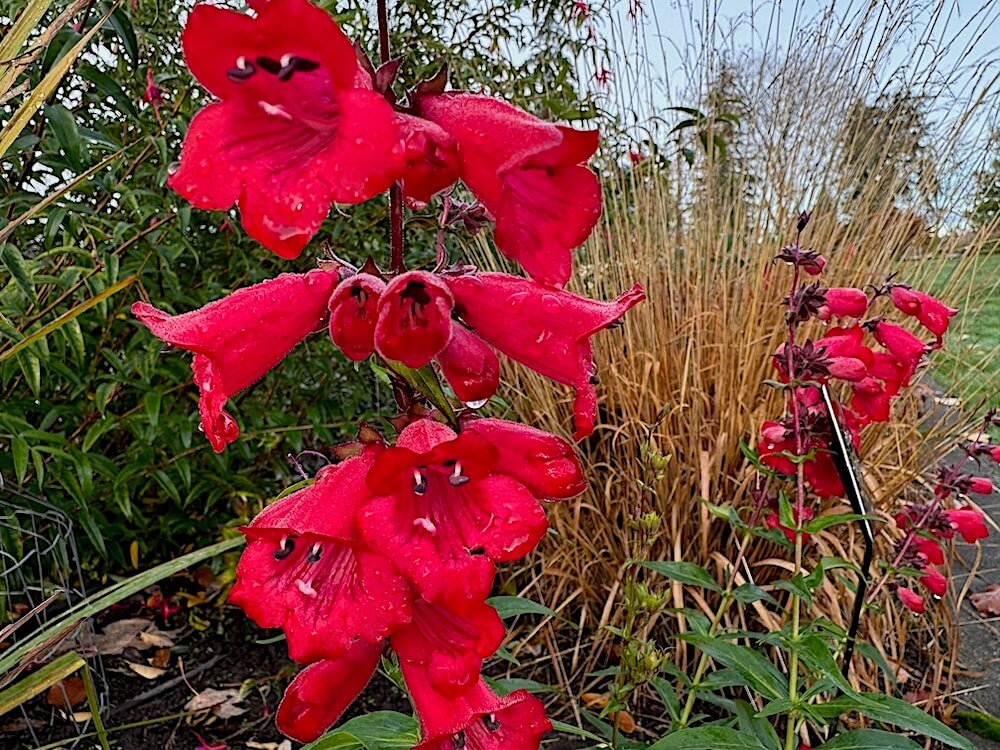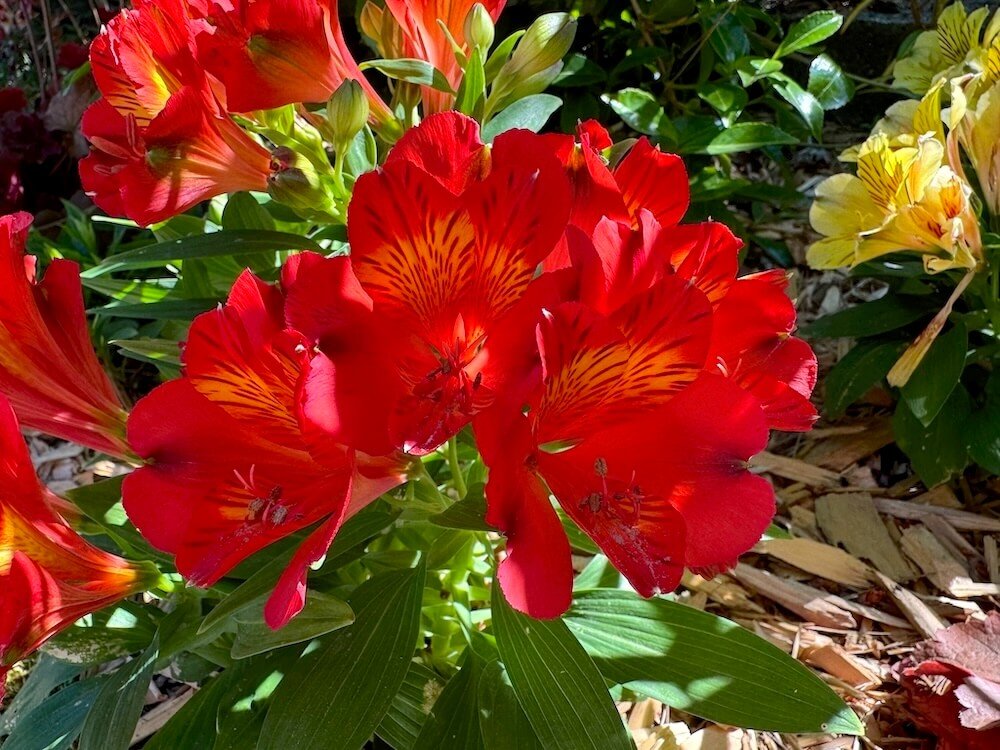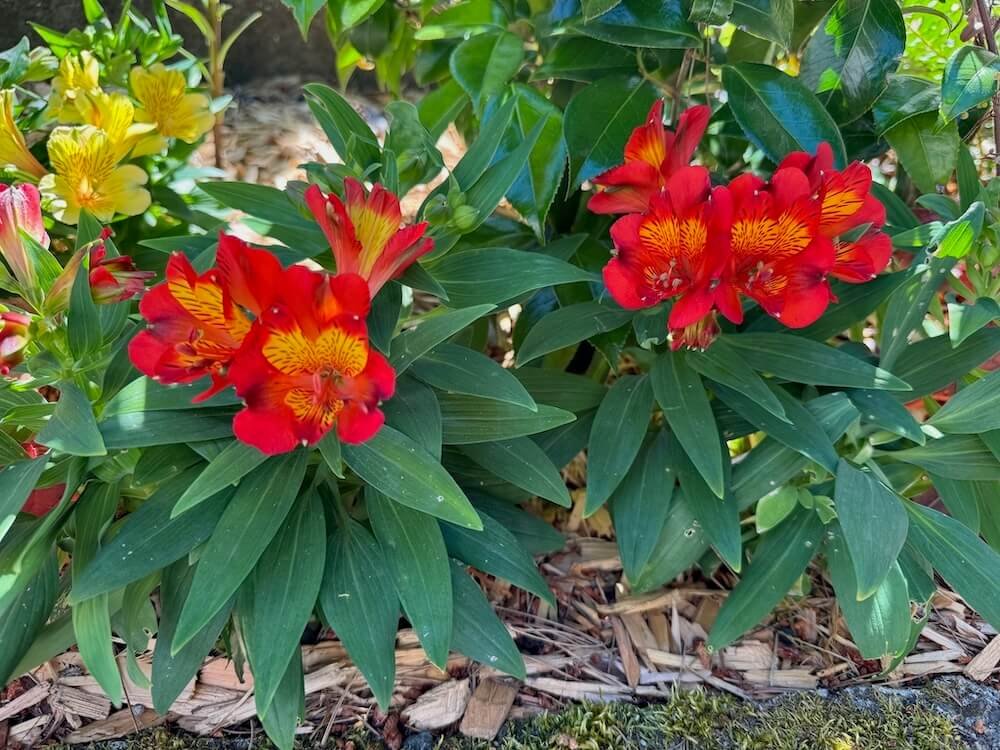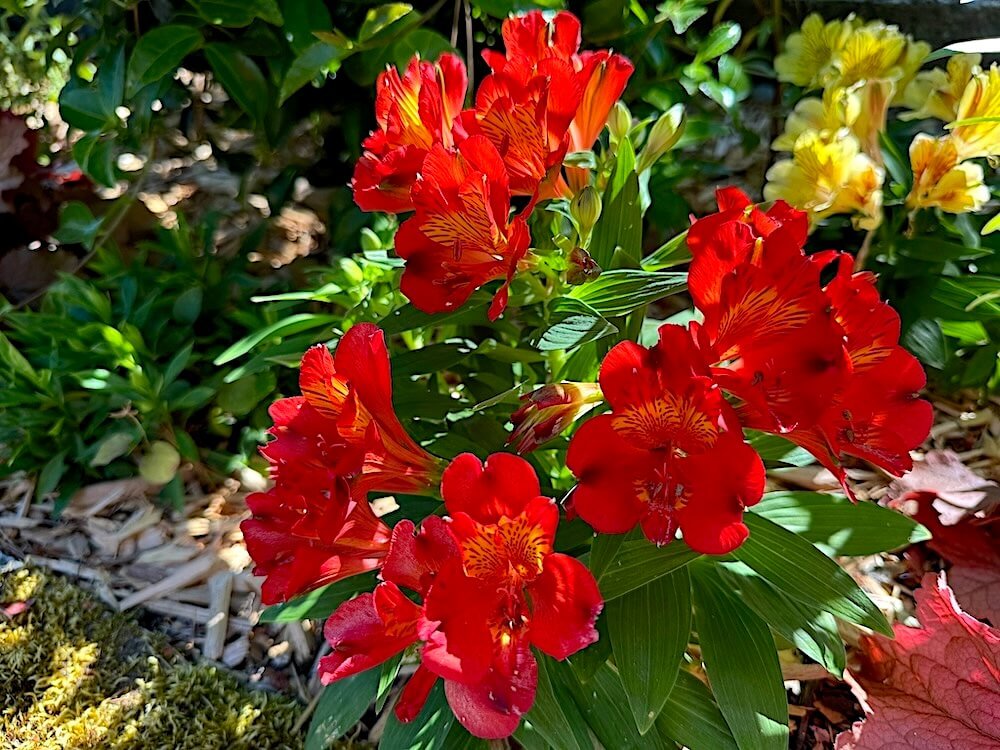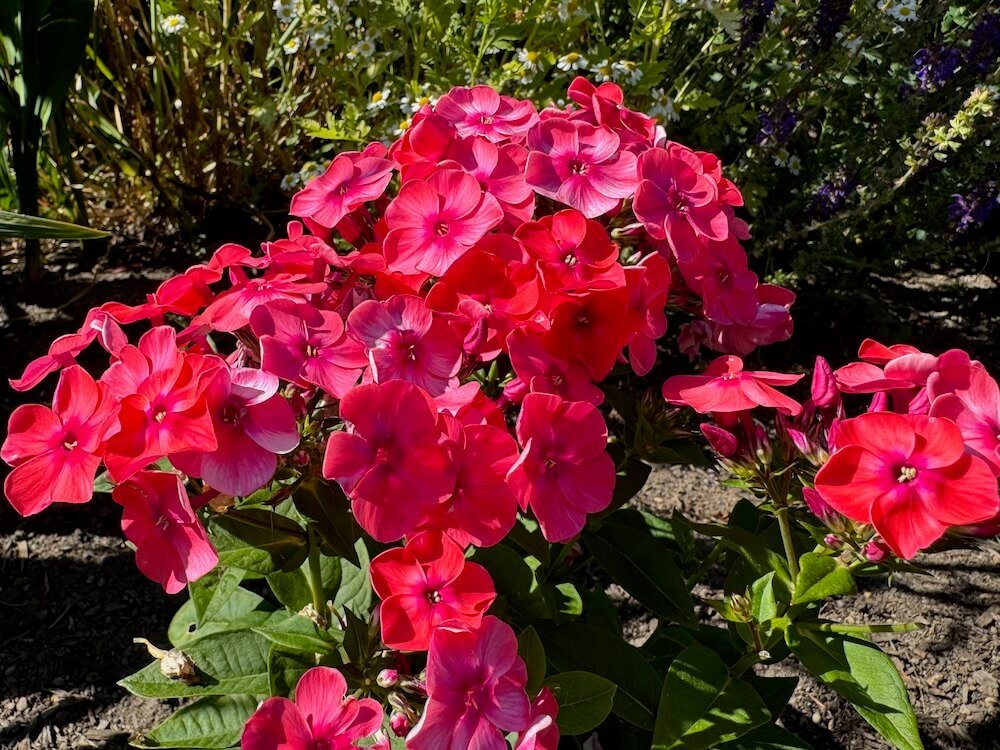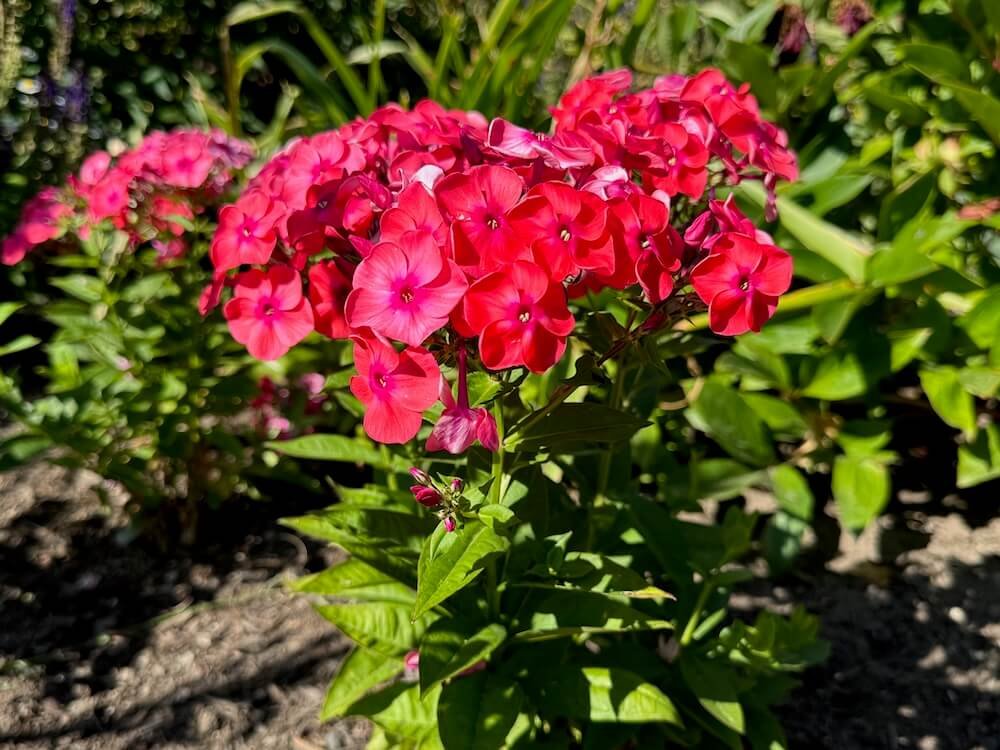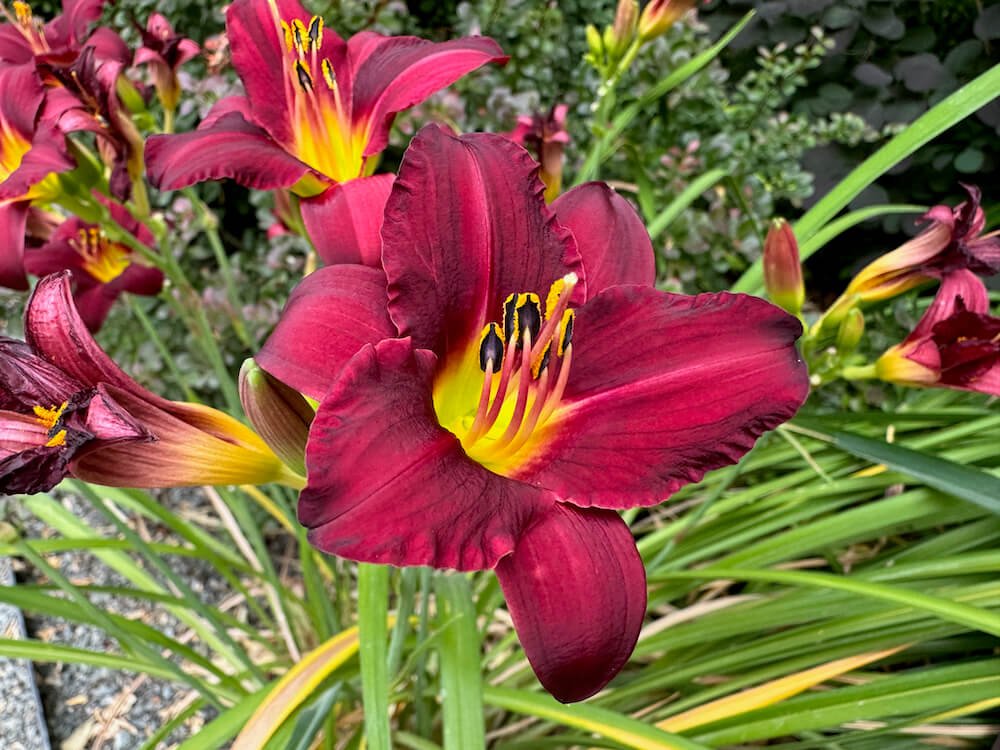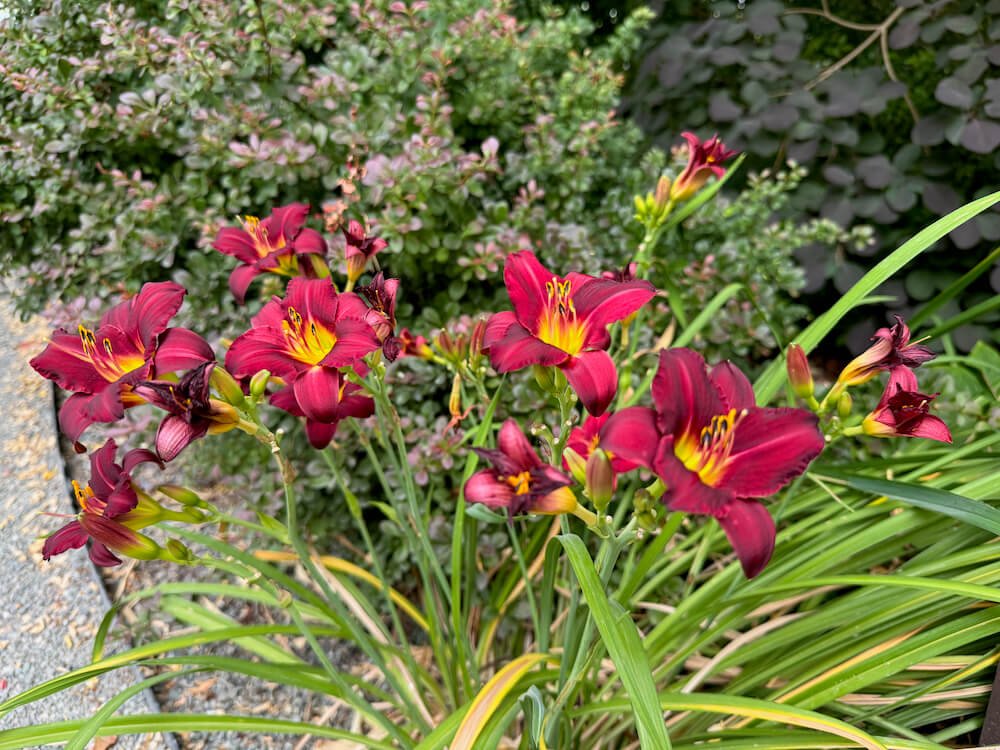DESCRIPTION
Phormium tenax is a perennial plant native to New Zealand and Norfolk Island. It blooms from late spring to early summer, producing tall flowering stalks that can reach up to 12 feet in height. These stalks bear clusters of tubular flowers, typically in shades of red or reddish-orange, which attract nectar-seeking birds and insects.
Phormium tenax is primarily grown for its ornamental value, featuring long, strap-like leaves that can grow up to 10 feet in length. These leaves come in various colors, including green, bronze, purple, and variegated forms. It is a hardy plant, suitable for gardens in temperate and subtropical climates, and can be used as a bold focal point or as part of a mixed planting design.
DESCRIPTION
Phormium tenax is a perennial plant native to New Zealand and Norfolk Island. It blooms from late spring to early summer, producing tall flowering stalks that can reach up to 12 feet in height. These stalks bear clusters of tubular flowers, typically in shades of red or reddish-orange, which attract nectar-seeking birds and insects.
Phormium tenax is primarily grown for its ornamental value, featuring long, strap-like leaves that can grow up to 10 feet in length. These leaves come in various colors, including green, bronze, purple, and variegated forms. It is a hardy plant, suitable for gardens in temperate and subtropical climates, and can be used as a bold focal point or as part of a mixed planting design.

